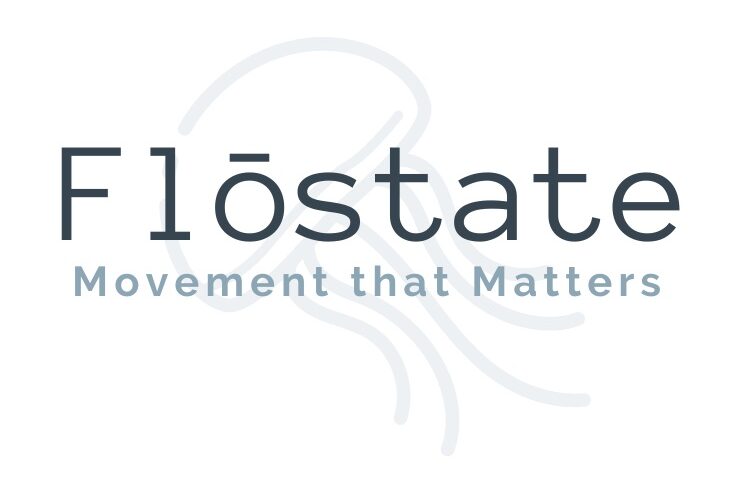Unlock strength, ease, and freedom in your upper body
Tight shoulders can sneak into our lives from all angles—long hours at a desk, heavy lifting, stress, or even poor posture. The result? Discomfort, limited range of motion, and tension that can ripple into the neck and back.
Fortunately, your yoga mat offers more than just a reset—it’s a place to rebuild mobility and restore ease. These four poses, each enhanced with yoga blocks, are designed to open the chest, create space in the shoulder joints, and gently stretch surrounding muscle groups.
Let’s break them down.

Fish Pose (Supported Matsyasana)
Opens the chest, shoulders, and throat
Using blocks under your upper back and head, supported fish pose is a powerful heart opener that gently draws the shoulders back and down. It reverses the effects of forward hunching (hello, laptops and phones) and promotes better posture by creating space across the collarbones.
How to do it:
- Place one block at medium or low height under your upper back (right below your shoulder blades).
- Place a second block (lower height) under your head.
- Allow your arms to rest out wide, palms facing up.
- Breathe deeply and soften into the support.
Pro tip: If you feel compression in your lower back, adjust the height of the block under your spine or bend your knees.

Thread the Needle (with Block Support)
Releases tension in the upper back, shoulders, and neck
This gentle twist targets the posterior shoulder (especially the rotator cuff and rhomboids), encouraging both flexibility and circulation. Using a block supports your head or arm, allowing the pose to be more restorative and less about force.
How to do it:
- Begin in tabletop.
- Slide your right arm underneath your left, palm facing up, resting your right shoulder and ear on a block for support.
- Reach your left arm forward or wrap it behind your back.
- Hold and breathe, then switch sides.
Pro tip: Focus on relaxing the muscles between your shoulder blades and letting gravity assist the stretch.

Camel Pose (Ustrasana) with Blocks
Opens the chest, shoulders, and hip flexors
Camel pose is a deep heart opener—but it can feel intense without proper support. Adding blocks brings the ground closer to you, offering stability and encouraging safer alignment while you work into shoulder extension.
How to do it:
- Come to a kneeling position.
- Place two blocks behind you at your ankles (choose a height that’s reachable).
- Place your hands on the blocks as you lift your chest and press your hips forward.
- Draw your shoulder blades together as you gently lean back.
Pro tip: Keep your chin tucked slightly if your neck feels strained, or lift the gaze if your spine allows it.

Extended Child’s Pose (Supported Balasana)
Lengthens the spine and stretches the shoulders
When held with intention, extended child’s pose becomes a beautiful shoulder opener. Adding blocks under the forearms allows the arms to elevate slightly, intensifying the stretch through the armpits and upper back while encouraging the chest to melt down.
How to do it:
- Start in a kneeling position with big toes touching, knees wide.
- Place your forearms on blocks as you extend your arms forward.
- Let your chest soften toward the mat.
- Breathe slowly, relaxing your shoulders away from your ears.
Pro tip: Add a folded blanket under your hips or chest if you want extra support or need to modify the depth of the pose.

Why Shoulder Mobility Matters
Strong and mobile shoulders are essential for almost everything—lifting, reaching, even breathing more efficiently. But it’s not just about flexibility; it’s about creating functional range of motion supported by breath, control, and awareness.
Yoga blocks are your allies here. They help you customize depth, reduce strain, and access postures in a way that serves your unique body—making each pose more sustainable and effective.
Questions? Email us at info@theflostate.com
